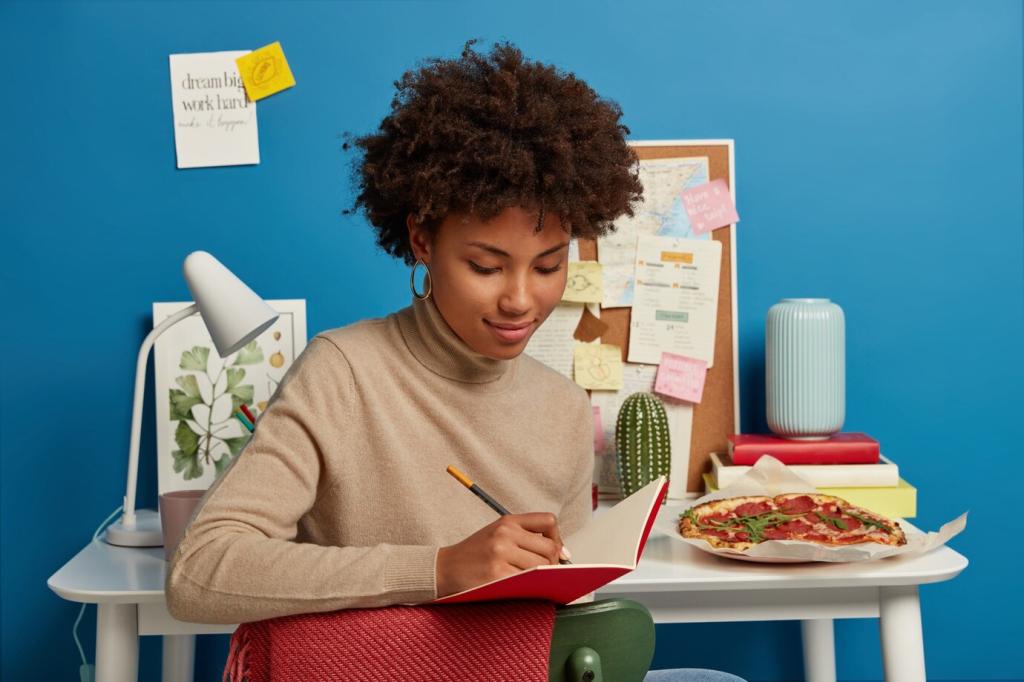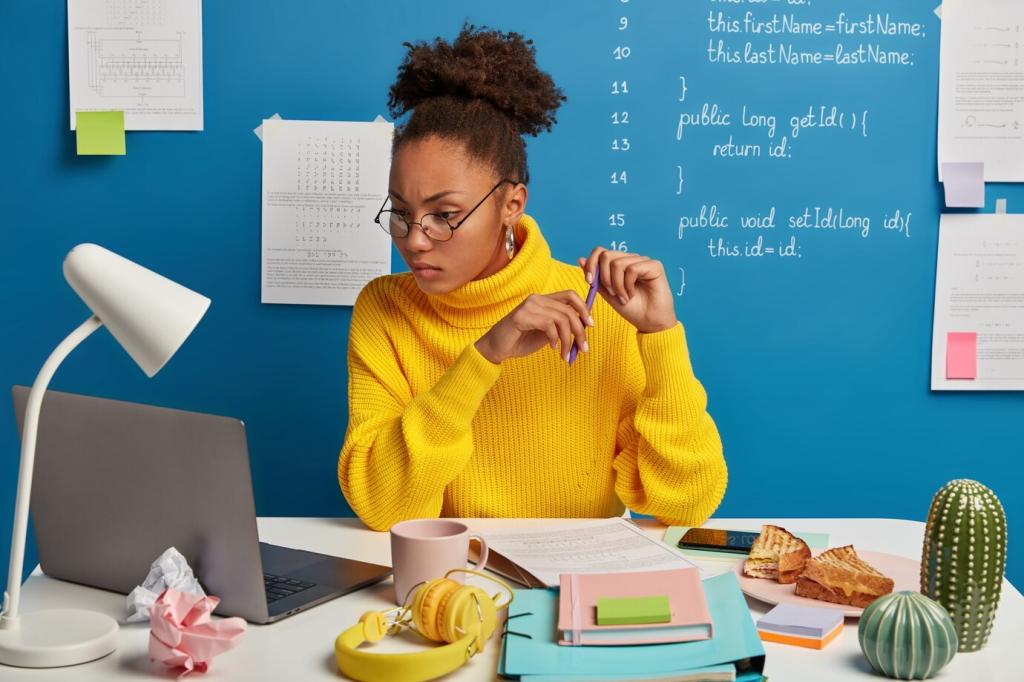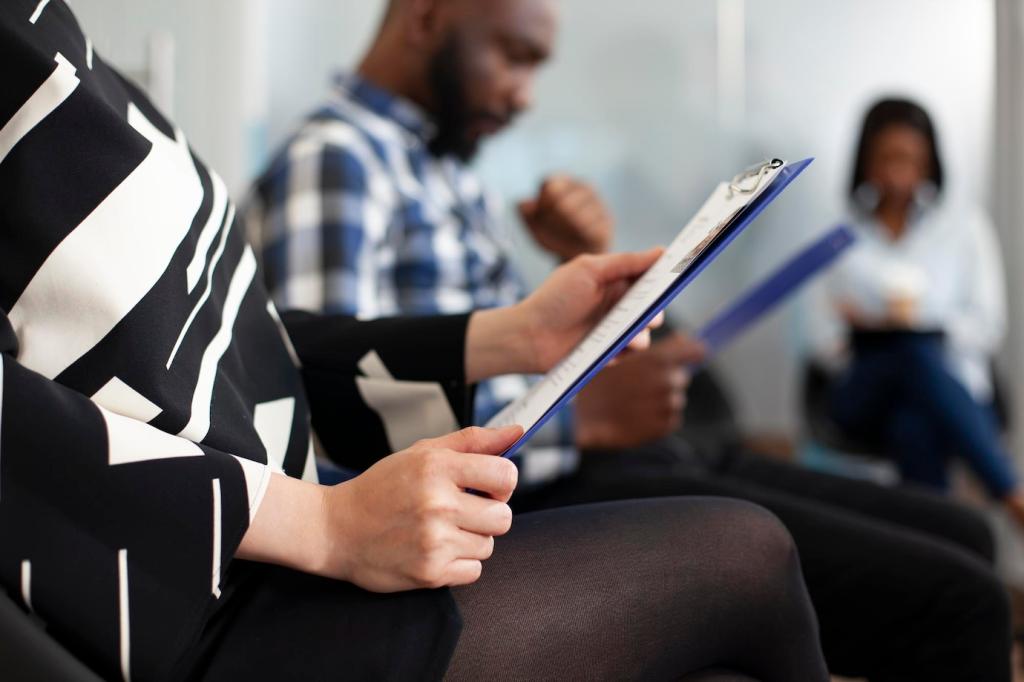Introduction to Art Therapy for Beginners
Welcome to a gentle creative space where making marks can calm the mind and open conversation with your inner world. Today’s chosen theme: Introduction to Art Therapy for Beginners. Let’s start small, stay curious, and grow together.
What Is Art Therapy for Beginners?
Art therapy invites you to explore feelings through images, color, and materials. It is not about talent. Beginners learn simple, mindful making that supports wellbeing, inspired by pioneers like Margaret Naumburg and Edith Kramer.

What Is Art Therapy for Beginners?
Regular art focuses on products and polish, while art therapy emphasizes process, intention, and reflection. Beginners can borrow these principles for self-care, and professionals offer deeper guidance in clinical or community settings.
Materials and a Safe, Supportive Space
Begin with printer paper, a sketchbook, crayons or colored pencils, washable markers, glue, a magazine for collage, child-safe scissors, and watercolors. Choose materials that feel inviting, low-stakes, and easy to tidy afterward.
Materials and a Safe, Supportive Space
Create a small corner with comfortable light, a timer, and a calm playlist. Silence notifications, clear a surface, and consider a small opening ritual, like deep breaths or lighting a safe, unscented candle.


First Gentle Exercises to Start
Set a short timer. With each inhale choose a color, with each exhale make a mark. Fill the page slowly. Notice shifting sensations, temperature, and thoughts, then circle areas that feel peaceful.
First Gentle Exercises to Start
Name one feeling. Translate it into shapes, lines, and textures. Heavy sadness might become overlapping blocks; jittery excitement, sparkling dots. Add three colors that relate, then write a sentence about what surprised you.
First Gentle Exercises to Start
Cut reassuring words, hands, and soft horizons from magazines. Assemble them around a simple outline of your heart. Glue slowly. Add a handwritten note offering kindness you would gladly give a friend.
How and Why It Helps: A Beginner’s Overview
Early studies indicate that brief art-making can lower perceived stress and may affect cortisol levels. For beginners, the combination of sensory focus and expression often supports mood and emotional regulation.
How and Why It Helps: A Beginner’s Overview
Art tasks recruit visual, motor, and emotional networks, offering alternative pathways for expression when words feel clumsy. Gentle, repetitive marks can invite flow states and quiet mental clutter for many beginners.


Grandfather’s toolbox memory
A beginner once sketched a weathered toolbox, remembering afternoons fixing squeaky hinges together. Tears arrived kindly, alongside gratitude. The page held both grief and warmth, letting stories breathe without needing perfect words.
The bus-stop sketch
Another newcomer drew commuters’ shoes while waiting for a bus. The sketch revealed rushing had become habitual. She later left earlier, walked slower, and used drawing to choose a gentler pace.
A beginner’s first group session
At a community workshop, a teacher shared a torn-paper landscape about burnout. Others nodded, then offered colors that felt hopeful. She felt witnessed, not judged, and kept the collage on her desk.
Reflect, Share, and Keep Learning
Simple reflection questions
After each session ask: What did I notice first? Where did my body relax or tense? Which colors helped? Brief answers guide next steps and gently build your beginner’s confidence over time.
Journaling the process
Date your page, list materials used, note feelings before, during, and after. Add a photo. Over weeks, patterns appear, affirming progress and teaching which practices support your unique beginner journey.
Share with this community
Post a reflection in the comments, or email a snapshot with a line about what you learned. Subscribe for weekly beginner prompts, and invite a friend to try an exercise alongside you.
Next Steps and Encouragement
If artwork brings up overwhelming memories, panic, or trauma, pause and reach out to a credentialed art therapist. Look for ATR or comparable licensure, and prioritize your comfort and cultural fit.

